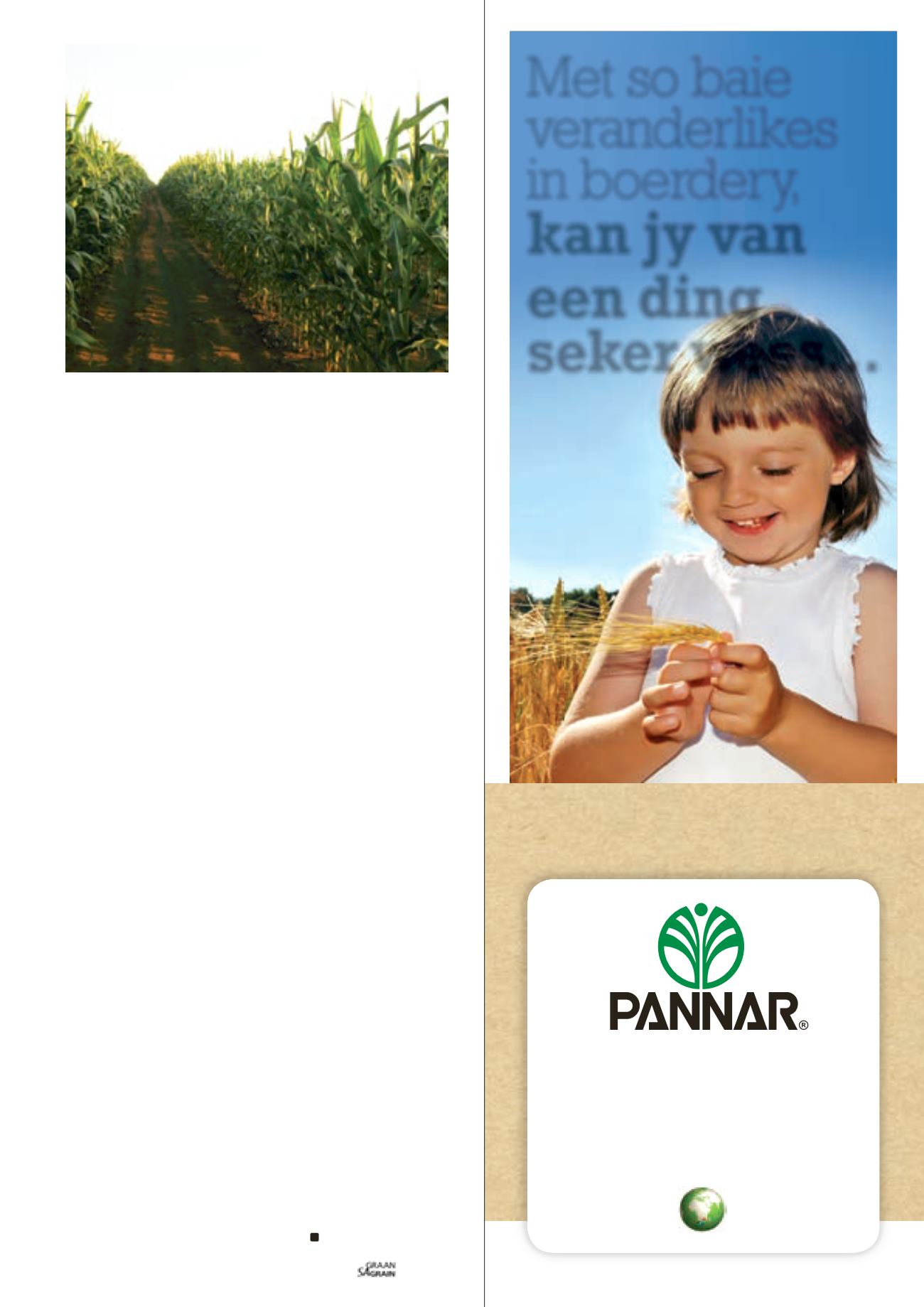
89
traditional importing nations coupled with the slow harvest rate,
consequentlydrivingdown theprices.
Recently, South Africa largely exported to Mexico, Japan, Taiwan,
Zimbabwe and BLNS (Botswana, Lesotho, Namibia and Swaziland).
For the current season,Mexico is said tobehaving agooddomestic
crop and Zimbabwe is likely to import from Zambia (Zambia is said
tobehaving a good crop), hence the soft demand.
East African export opportunities
Amongmany East Africanmaize consuming countries, Kenya is no-
ted tobe the current leading importer, thus the focus of this article.
Recent reports from the International GrainCouncil have repeatedly
reported about theexpectedmaizedemand inKenya. This expected
demand is mainly due to Kenyan declining domestic production,
owing to erratic rains (BMI, 2014).
Kenya’s total cereal production decreased by 17% year-on-year for
2013/2014,meaning theproductioncamedown from3,6million tons
to 2,8 million tons. The same year, Kenyan domestic consumption
was at 3,8 million tons, meaning the demand for imports were
200 000 tons.
Furthermore, in 2014/2015 Kenyanmaize production is expected to
remain at low levels of 2,9million tons, with consumption expected
to be at 3,8 million tons; consequently the expected demand for
imports is 900 000 tons (BMI, 2014).
Moreover,
Table 1
shows that from 2015 to 2018 Kenyan maize
production is expected to slightly increase. At the same time,
consumption is expected to also show a steady increasing trend,
owing to an expected increase in demand from the livestock sector
due to thedemand formeat.
Conclusion
Why is high concentration a concern for South African maize
exports? The country needs as many markets as possible to avoid
the risk of depending on a few importing countries. South African
maize exportmarkets are concentrated; therefore there is a need to
increase the exportmarket share (look for newopportunities).
Given the expected import demand in Kenya, which makes the
countrya long termmaizenet importer, thismakes it an idealmarket
for South African maize. However, there are still some barriers to
access the Kenyan maize market which needs to be addressed at
governmental level, namelyGMO issues.
At the same token, Global Biotech Update (2014) recently (on
11 June 2014) reported that the Kenyan governors are calling for a
lifting of the GMO ban in the country, consequently making Kenya
a potentialmarket for SouthAfricanmaize.
SAGrain/
Sasol Nitrophoto competition
– JacquelineHuisman 2011
Met sobaie
veranderlikes
inboerdery,
kan jyvan
eending
sekerwees...
JykanopPANNAR staatmaakomons
groeiendebevolking tevoed.Metons kultivars
en tegniesekundigheid–oes jy sukses.
2014/CORP/A/005A-1
®Geregistreerde handelsmerke vanPANNARBPK, © 2013PANNARBPK
GLOBALE TEGNOLOGIE
PLAASLIKE PRESTASIE
Saam boer ons
vir die toekoms
™


